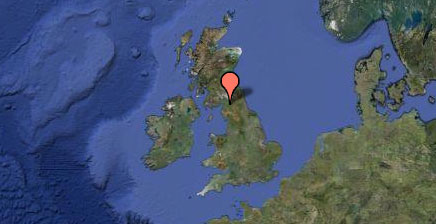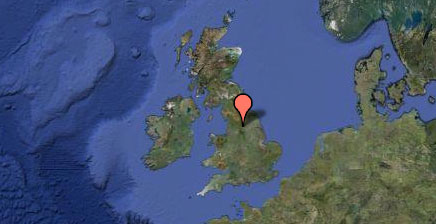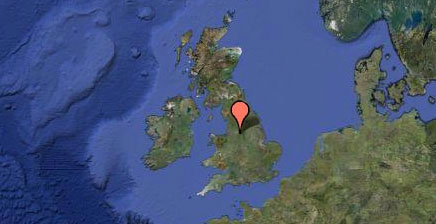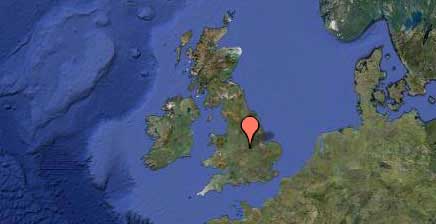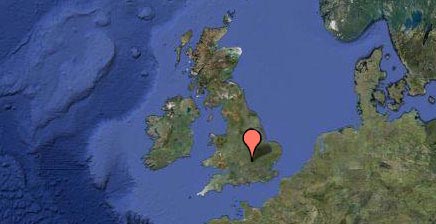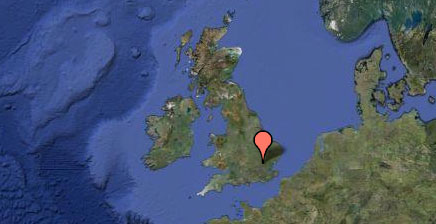In September 2022, CFA Archaeology, in partnership with The Friends of Dundonald Castle SCIO and supported by Historic Environment Scotland, supervised a community volunteer excavation at Dundonald Castle, South Ayrshire.
Built in the 14th century, Dundonald Castle was once the home of King Robert II, grandson of Robert the Bruce, among other historically important figures.
Click here to learn more about Dundonald Castle.
Read on for a summary of our findings from this year’s excavations:
Trench 7
Trench 7 was sited on a small plateau about halfway up the hill toward the castle. Its goal was to investigate whether this was a naturally flat area or if it had been purposefully terraced, and to look for any evidence of building activity.
Almost immediately after opening the trench, signs of a wall began to appear! A second wall, possibly a return of the first, was uncovered running beyond the southwestern edge of the trench. Clear chisel and working marks were visible on the stones in this second wall. We hypothesised that these may have formed part of a building that was related to metal working because a large amount of slag (metal working residue) was recovered from between them.

Volunteer archaeologists hard at work!

A stone wall discovered in Trench 7
Other finds from Trench 7 included some lovely green glazed pottery, dating to the medieval period, and metal objects including a buckle and a knife.

Medieval green glazed pottery

A metal buckle retrieved from Trench 7
No direct evidence of terracing or terrace building was encountered, but a possible ‘levelling deposit’ of degraded sandstone was recorded across the trench.
Trench 8
Trench 8 was sited just behind the visitor centre and was situated to be widely accessible. It was placed to explore an unusual banked mound which was visible beneath the grass. Unfortunately, the mound was not a long forgotten building, but, happily, it was not a natural lump either! It was made up of multiple rubble deposits, which our wonderful volunteer archaeologists enthusiastically excavated and recorded.
The rubble deposits in Trench 8 were speculated to be related to quarrying activity undertaken on the bedrock outcrops found below the castle or to rubble clearance and consolidation work done at the site in the 20th century.

Drawing and recording of an excavated trench
Finds from Trench 8 included medieval green glazed pottery, a Coca Cola bottle from the 1980’s and even a South African 10c coin from the 2010’s! Although our finds spanned a wide range of historical eras, they were able to tell us about use of the site in the past as well as the present.

Pottery recovered during excavation
Conclusions
Both Trench 7 and Trench 8 yielded lots of interested discoveries which added to our growing corpus of knowledge about the life of Dundonald Castle. As usual, interesting features arose on the final day (including a linear feature, possibly a ditch of some kind, at the end of Trench 8 and a circular clay feature in Trench 7) which weren’t fully excavated. Hopefully the team will be back soon to take another look!

An excavated trench

Our volunteer archaeologists washing and processing finds

